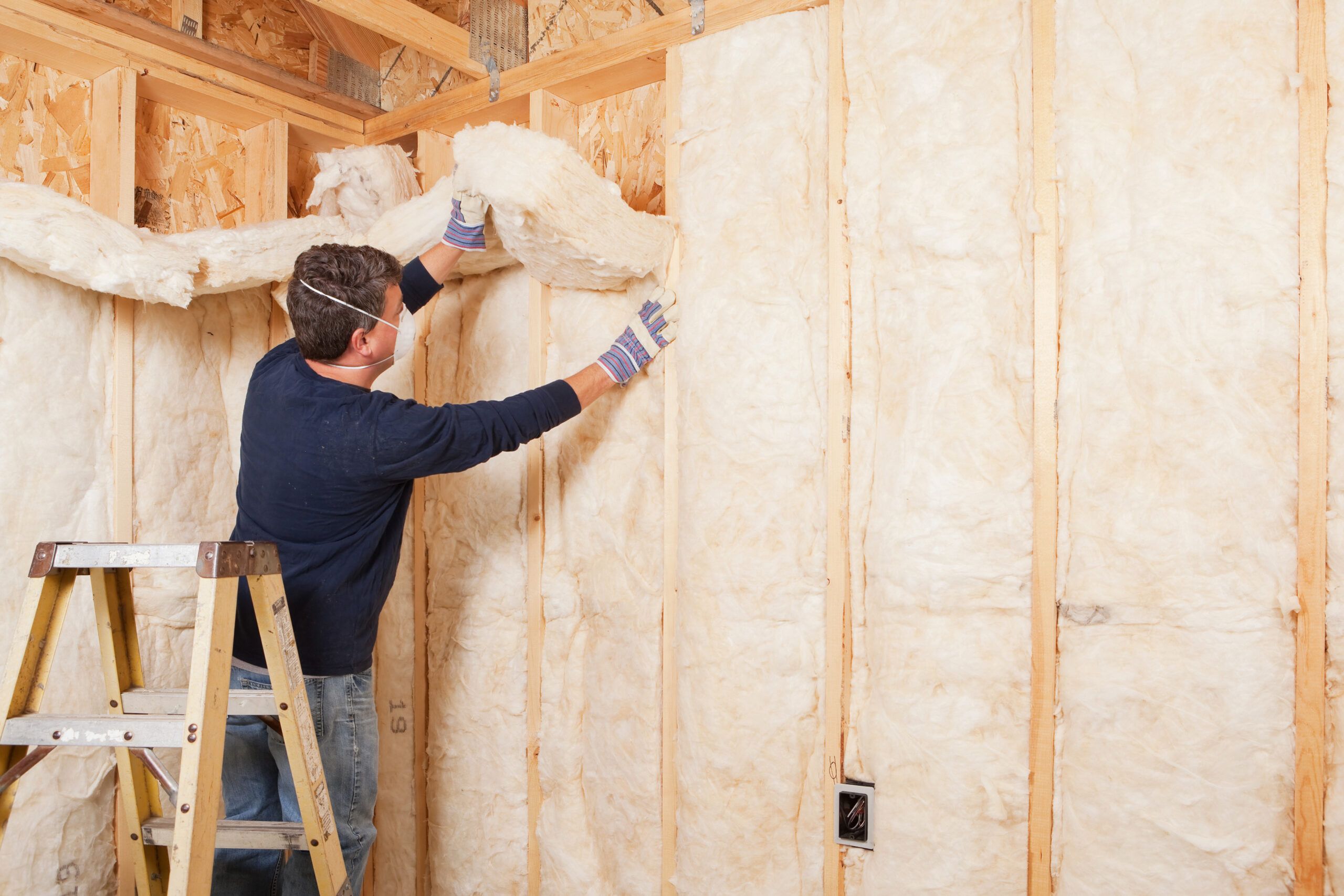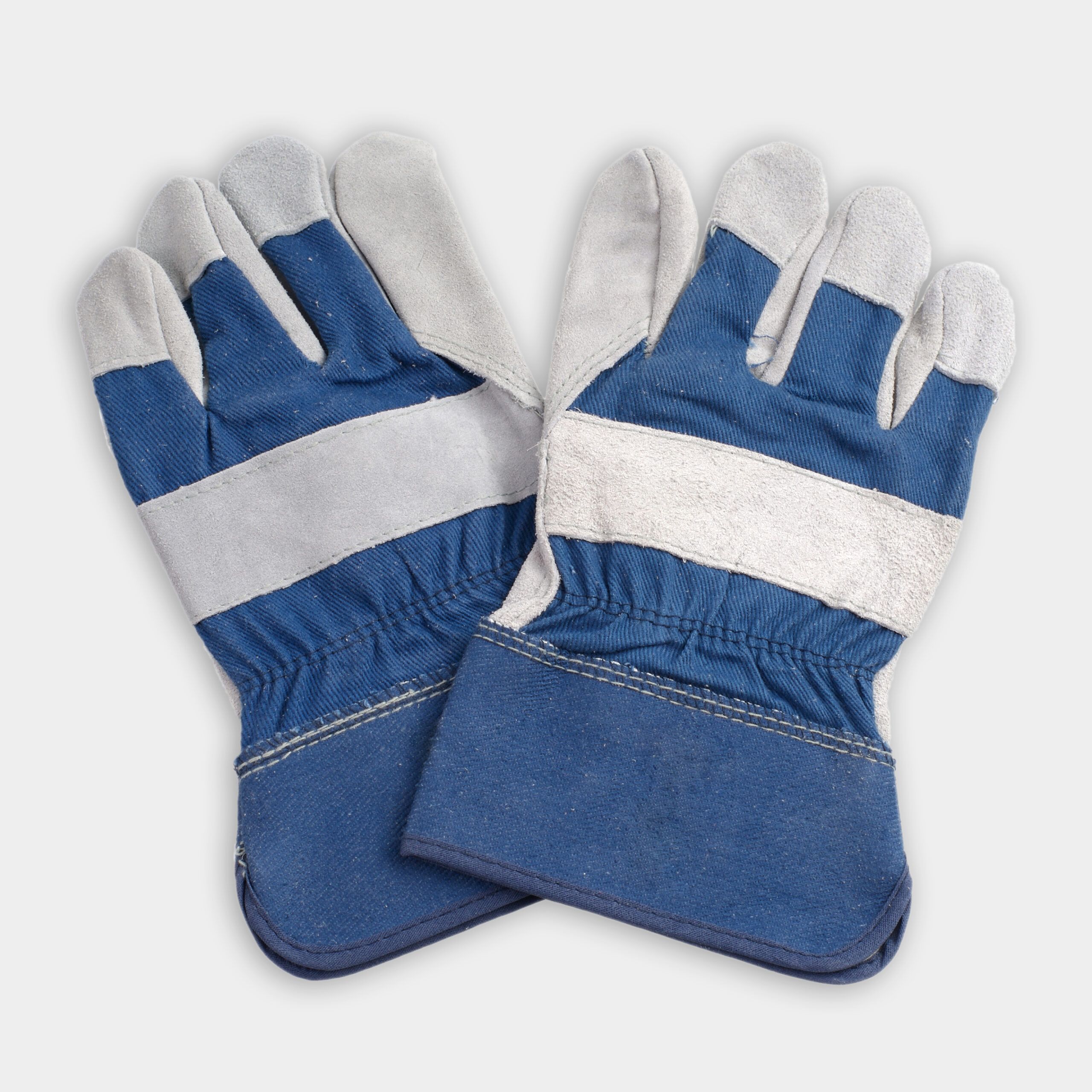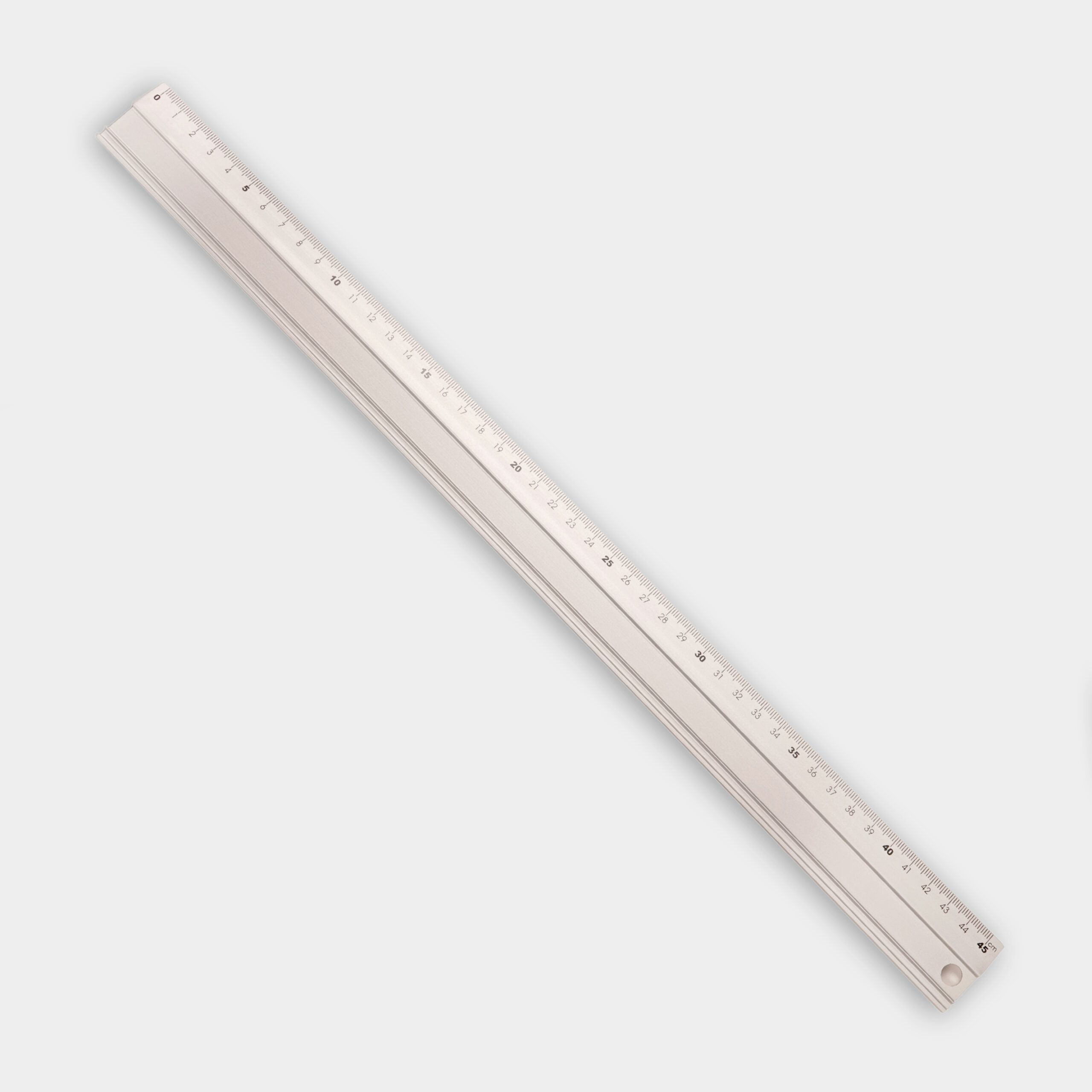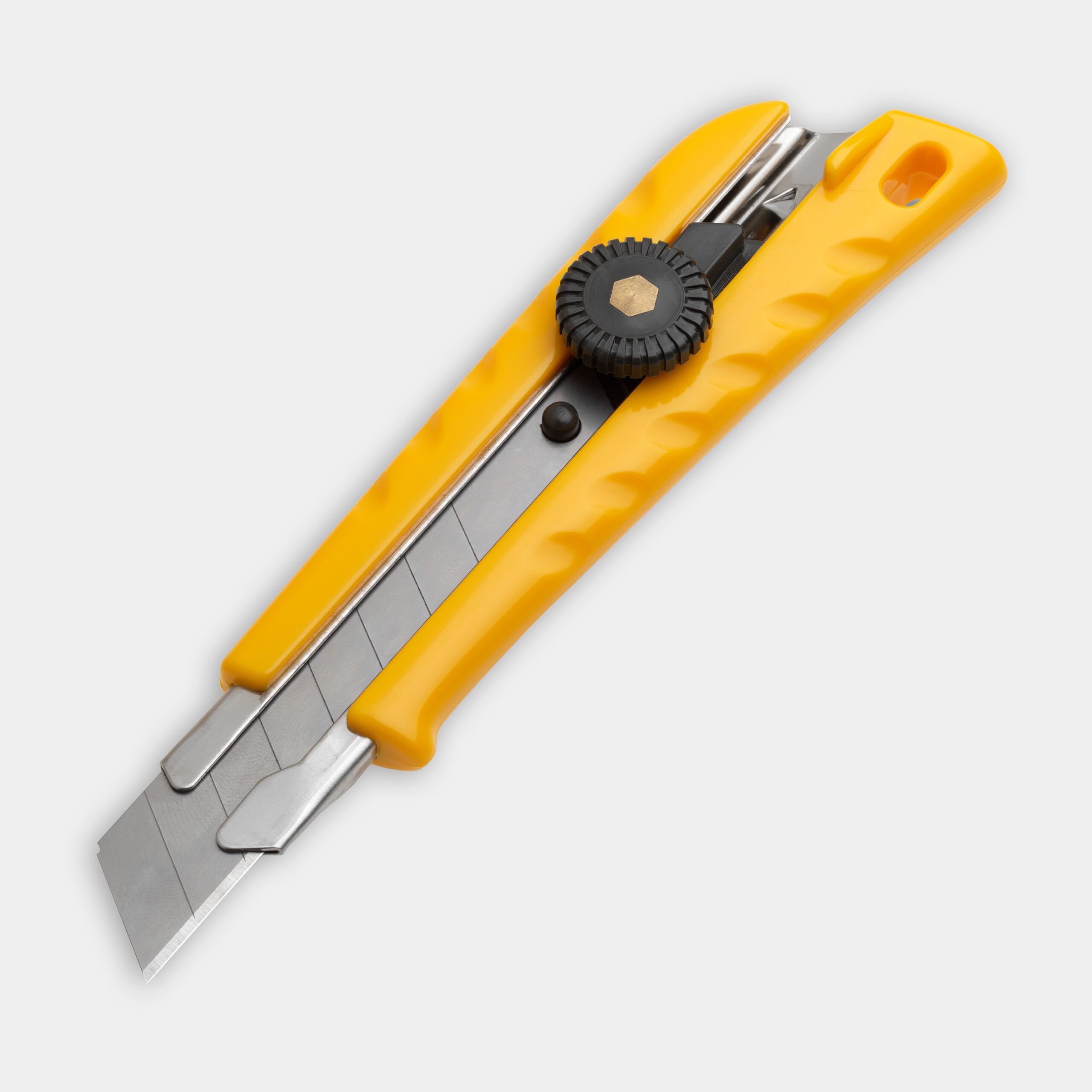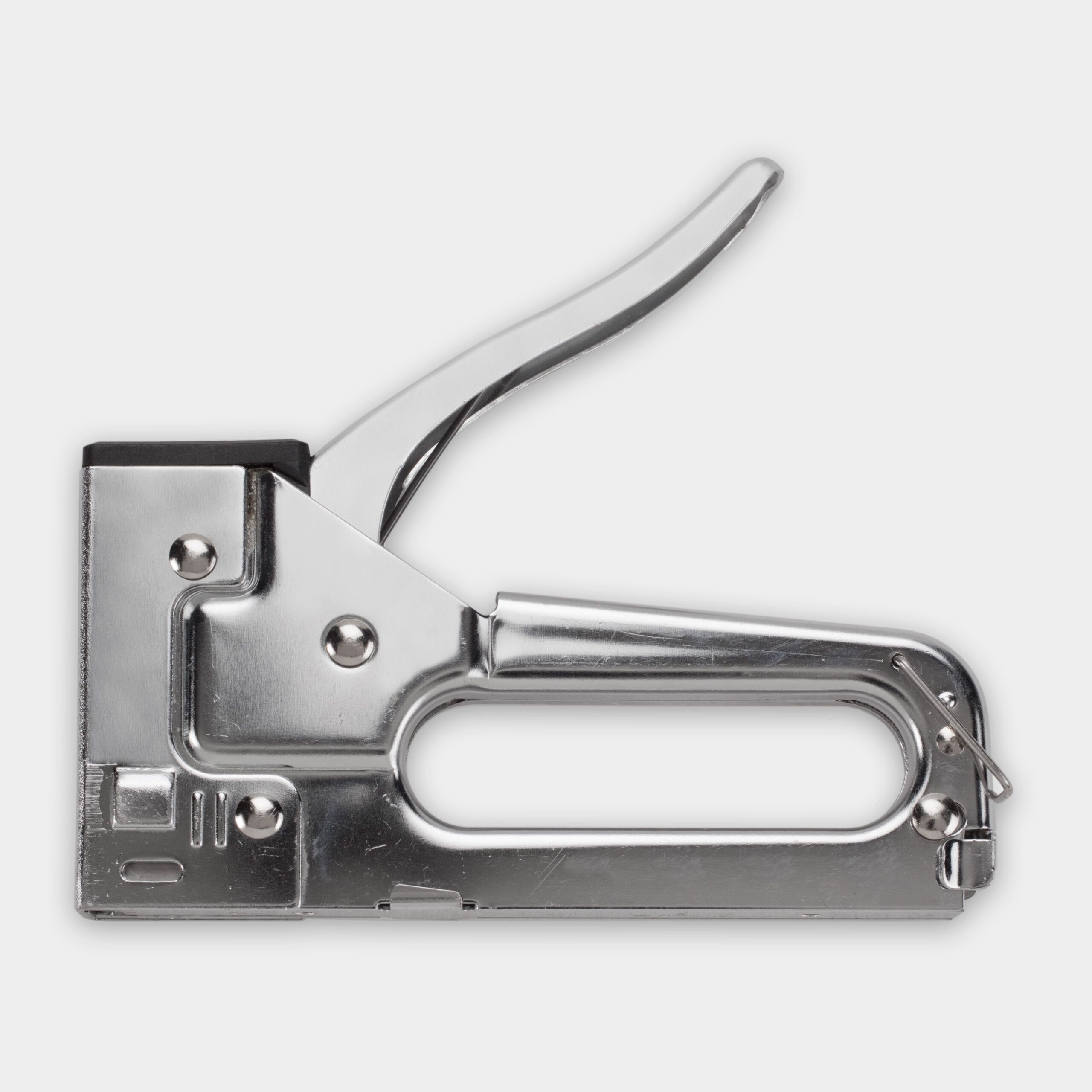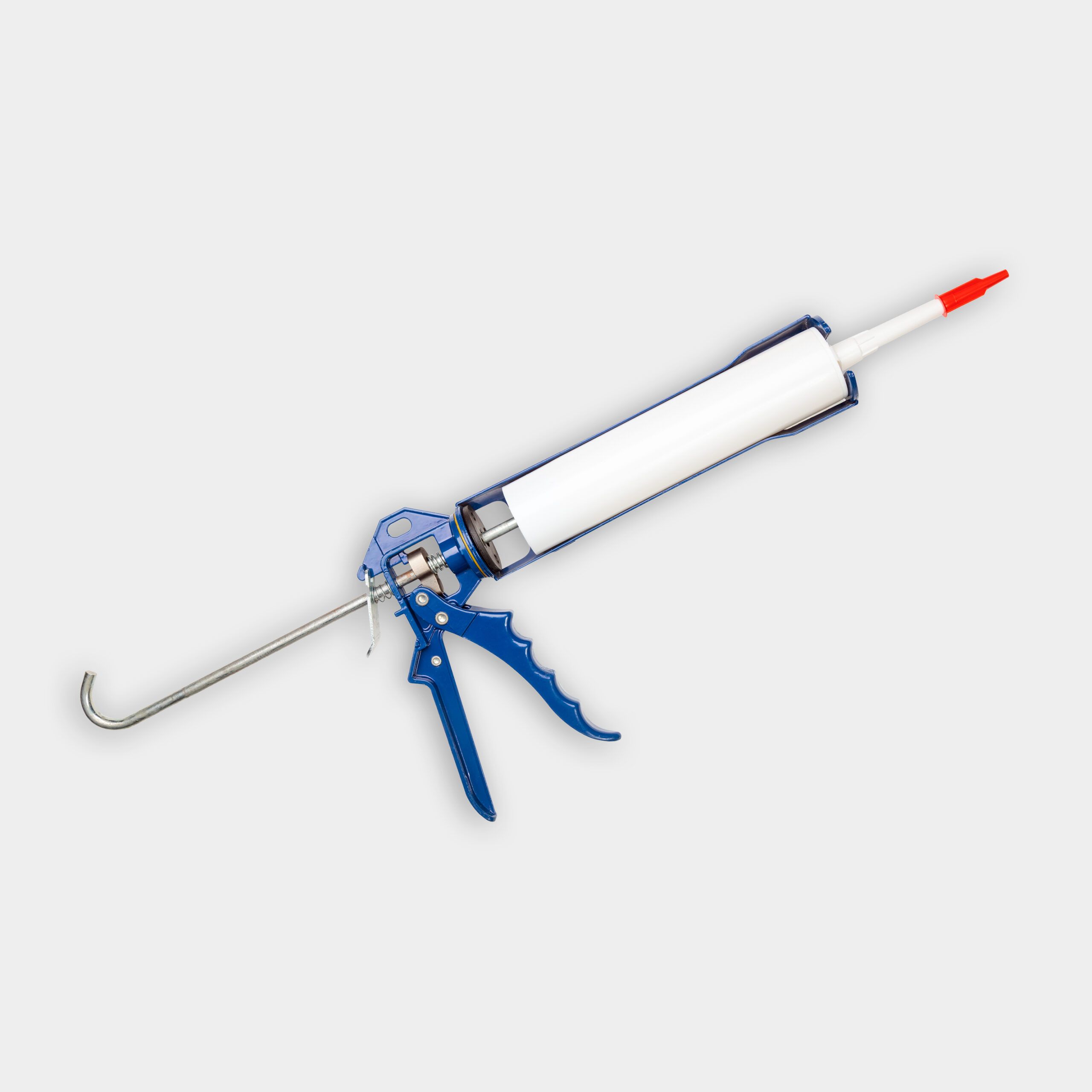Project details
Skill
Cost
Estimated Time
Whether you’re renovating an existing space or building a new home, proper wall insulation can significantly reduce your energy bills and create a more comfortable living space. This guide will walk you through the process of insulating a wall, from understanding the basics and what types of insulation exist to executing the installation like a pro.
Benefits of Proper Wall Insulation
Investing in quality wall insulation has many benefits. According to the U.S. Environmental Protection Agency, proper wall insulation can help you save up to 15% on heating and cooling costs. It also enhances soundproofing for a quieter home, and provides moisture control to minimize issues such as mold and mildew, protecting both your home and your health.
Types of Wall Insulation Materials
Choosing the right insulation material is crucial for performance. Below are some common types of wall insulation.
Fiberglass Batts
Fiberglass batts are a widely used and cost-effective insulation option. They come in pre-cut panels that fit between wall studs for easy installation. Tom Silva recommends using batts made to match the depth of the studs and the width of the stud bays. For typical 2-by-4 construction, that’s 3 1/2 inches deep and 15 1/4 inches wide with an R-value of 15. For irregular stud spacing, Tom recommends buying batts that will fill the widest bays and trimming the rest to fit. If you aren’t familiar with it, read our article explaining insulation R-value.
Spray Foam Insulation
You apply spray foam insulation as a liquid that expands to fill gaps and cracks, creating an airtight seal. Though it’s more expensive than fiberglass, spray foam offers superior insulation properties and can significantly reduce air leakage. It’s especially useful in areas that are hard to insulate with traditional materials.
Cellulose Insulation
Cellulose insulation is an eco-friendly option made from recycled paper products. It’s blown into wall cavities and is particularly effective for retrofitting existing walls without removing drywall. The material settles into wall cavities and provides thorough coverage, air infiltration resistance, and soundproofing. Always check if the cellulose insulation you have is treated with fire retardant for safety.
Preparing for Wall Insulation Installation
Before you begin, gather these necessary tools and materials:
- Caulk gun (if required)
- Insulation (fiberglass batts, spray foam, or cellulose)
- Safety gear (gloves, safety glasses, dust mask)
- Staple gun and staples
- Straightedge or 2-by-4 board
- Tape measure
- Utility knife
- Vapor barrier (if required)
Safety Precautions
Always prioritize safety when working with insulation. Wear protective gear, including a long-sleeve shirt, pants, gloves, safety glasses, and a dust mask. Insulation materials can be irritating or even harmful if inhaled or if they come into prolonged contact with your skin.
Measuring and Calculating Insulation Needs
Measure your walls and calculate the amount of insulation needed, then add a little more to account for waste and irregularities. Proper measurement saves you from under- or over-purchasing materials, which can derail your project timeline and budget. We always recommend double-checking your measurements.
Common Challenges and Considerations
Addressing these issues ahead of time helps prevent future problems, such as mold growth or structural damage, that can follow improper insulation. Be on the lookout for:
- Air leaks: Seal gaps and cracks before insulating
- Irregular stud spacing: Use trimmable insulation batts
- Moisture problems: Install proper vapor barriers
Step-by-Step Wall Insulation Installation Process
Follow these steps for a professional-quality insulation install.
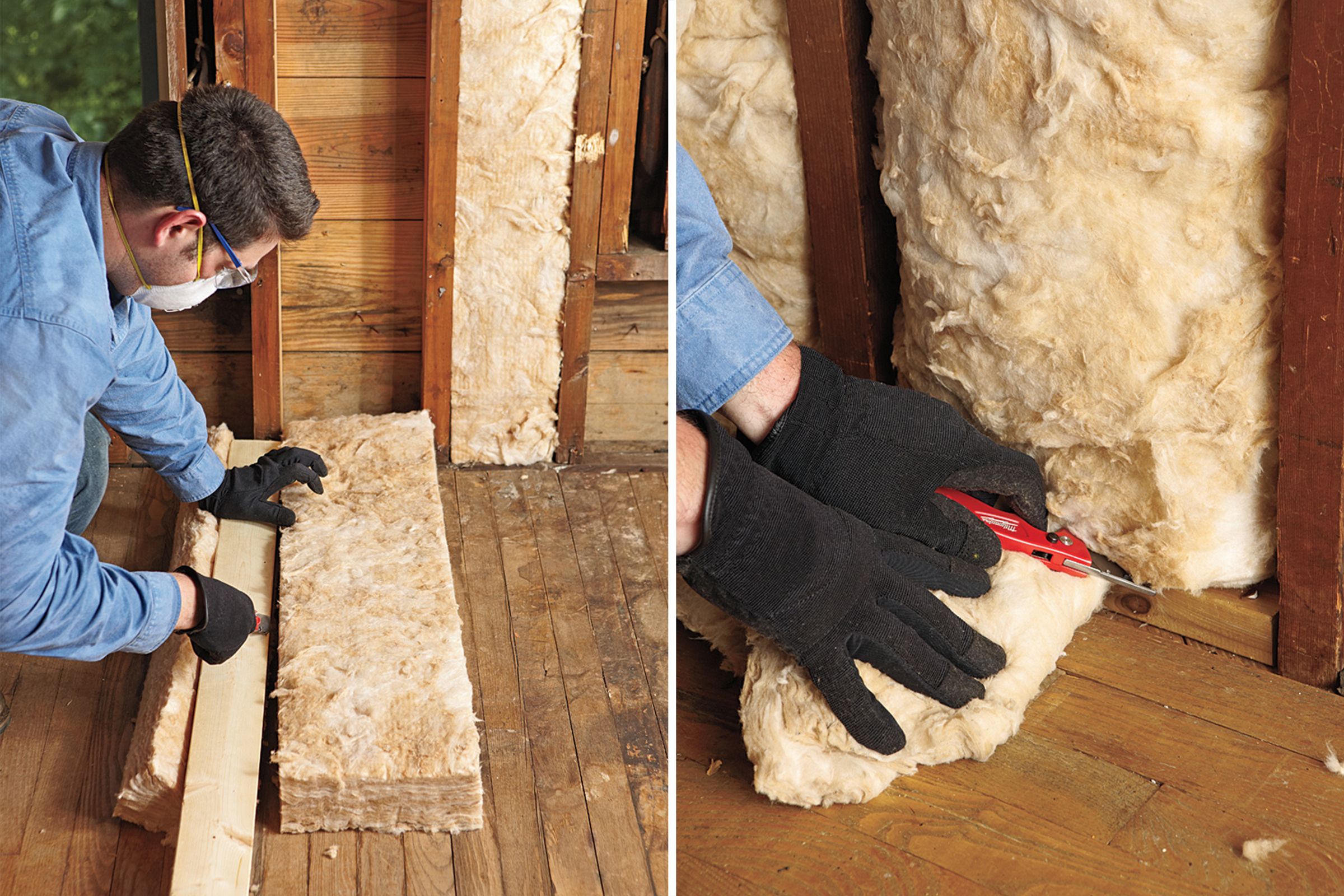
Cutting Insulation to Width
Make sure your insulation pieces will cover the entire area with minimal gaps. For narrow stud bays, trim the batt’s width to fit. Lay the batt on the floor in front of the cavity, aligning one edge with the inside face of the stud bay. Use a straight 2-by-4 as a guide and press down on it with your knee. Run a utility knife alongside the 2-by-4, trimming the batt with a series of shallow cuts.
Trimming Insulation to Length
Tuck the insulation into the cavity, ensuring it’s snug against the top of the stud bay with edges flush against the studs. Allow the insulation to run long at the bottom, then use your utility knife to cut it against the bottom plate of the wall framing for an accurate fit. Make precise, careful cuts and avoid compressing the insulation.

Working Around Common Obstacles in Walls
- For wires, halve the batt’s thickness by pulling it apart. Then, slide one half behind the wire and lay the other half in front.
- For electrical outlet boxes, install the batt, then cut a notch in its edge. Use the box as a guide.
- For plumbing supply pipes, work the full thickness of the insulation behind the pipe to help prevent it from freezing.
Never force the insulation into place. This can compress it and diminish its insulating properties.
Adding the Vapor Barrier
In cold climates, condensation can reduce R-value and encourage mold growth. A vapor retarder on the insulation’s inside face can help prevent this. For faced batts, the retarder is built in. For unfaced batts, cover with 6-millimeter plastic or a breathable sheet such as MemBrain (shown). Apply sealant to the top plate and overlapping studs, then tack the sheet every 12–24 inches to the top plate, studs, and bottom plate.
Insulating Without Removing Drywall
In some cases, you may want to avoid removing any drywall at all. If so, consider using injection foam insulation or blown-in insulation that you can insert through small holes. You can also install exterior insulation when replacing your siding. These methods minimize disruption to your living space and can be quite effective.
When To Consider Professional Help
Many homeowners can install insulation on their own, but there are certain situations when we recommend calling the professionals. These include when you have:
- Complex wall structures
- Large-scale projects
- A need for specialized equipment
- The presence of hazardous materials like asbestos
- A project involving insulating existing concrete block walls
- Complicated building codes and standards
Best Practices for Maximizing Insulation Effectiveness
Insulation can last for decades, but it’s important to inspect it periodically for signs of moisture damage, settling, or pest infestation. We recommend upgrading your insulation if you notice increased energy bills or uneven temperatures in your home. New technologies and materials may offer improved performance over older insulation.
To get the most out of your wall insulation, you should also:
- Ensure complete coverage without gaps or compression.
- Combine insulation with air sealing for best results.
- Pay special attention to corners and edges.
- Consider adding exterior insulation for older homes.
- Don’t forget to insulate ductwork in unconditioned spaces.
Cost Considerations for Wall Insulation Projects
The cost of insulating walls varies depending on the material and method chosen. Here are some general guidelines:
- Fiberglass batts are the most economical option, costing about $0.30–$1.50* per square foot.
- Spray foam insulation is more expensive, ranging from $3–$4 per square foot, but it offers superior performance.
- Cellulose insulation costs around $0.60–$2.30 per square foot and is an eco-friendly choice.
You’ll also need to factor in labor costs if you’re hiring a professional. While the initial cost of premium materials or professional installation can be higher, the long-term benefits often outweigh these expenses.
*Cost information is based on 2024 reports from Angi.
Energy Savings and ROI of Wall Insulation
While installing insulation can be expensive, the long-term savings make it a smart investment. According to the U.S. Department of Energy, you can recoup your investment through energy savings within a few years. Plus, proper insulation boosts your home’s value.
Tools
 Gloves
Gloves Dust mask
Dust mask Straightedge
Straightedge Utility knife
Utility knife Staple gun
Staple gun Caulk gun
Caulk gun
